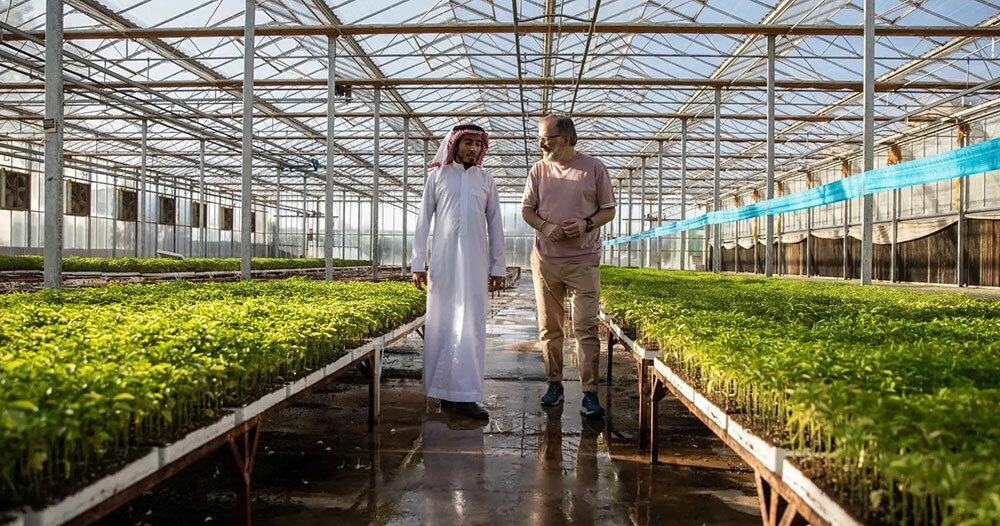Clarifying Top Quality: Monarch Greenhouse Sheds Utah Exceptional Designs
Wiki Article
The Future of Greenhouses: Advancements in Lasting Farming
Are you curious regarding the future of greenhouses and how they are revolutionizing lasting farming? From advanced climate control systems to vertical farming techniques, water-efficient irrigation approaches, sustainable power assimilation, and wise information analytics, these improvements are transforming the means we grow our food.Advanced Climate Control Equipment
To accomplish optimal expanding problems, you can depend on the improvements in greenhouses with sophisticated climate control systems. These systems have reinvented the means we cultivate crops, offering a regulated atmosphere that contributes to plant development. With these cutting-edge systems, you can currently adjust temperature, humidity, light levels, and also CO2 concentrations to develop the ideal conditions for your plants to prosper.One of the essential functions of these innovative environment control systems is their capability to manage temperature level. By utilizing sensing units and automated controls, the greenhouse can readjust the temperature level based upon the particular demands of the plants. This guarantees that they are never revealed to severe heat or cool, which can be destructive to their growth.
Moisture control is an additional critical facet of these systems. By maintaining the perfect moisture degrees, you can prevent concerns such as mold, mildew, and disease from affecting your crops. These systems can additionally control the quantity of light that gets to the plants, guaranteeing that they get the ideal amount for photosynthesis.
Additionally, progressed climate control systems can even control carbon dioxide focus. By enhancing the levels of CO2 in the greenhouse, you can boost plant development and performance. This is particularly valuable in locations with reduced all-natural carbon dioxide degrees.
Upright Farming Methods
One vital vertical farming method is making use of piled growing systems. Monarch Greenhouse builder Utah. These systems include organizing plants in several layers, up and down piled on top of each other. By utilizing vertical room, farmers can maximize their plant return without calling for additional land. Stacked expanding systems are commonly utilized in urban areas where area is restricted.One popular method is called upright hydroponics, where plants are expanded in nutrient-rich water without dirt. This strategy is highly effective as it reduces water use by up to 90% contrasted to standard farming approaches. Additionally, since the plants are grown inside, they are shielded from pests and diseases, lowering the need for chemicals.
One more strategy is aeroponics, which involves suspending the plant roots in a mist or air atmosphere. This method allows for ideal nutrient absorption and oxygenation, resulting in faster development and higher yields. Aeroponics likewise utilizes much less water than typical farming and can be implemented in upright systems, making it a preferred option for vertical farming.
Water-efficient Irrigation Techniques
When it comes to carrying out water-efficient watering techniques in lasting farming,Maximizing water preservation is essential. With global water scarcity ending up being a pressing problem, it is crucial to establish innovative methods that enhance water usage in helpful site greenhouse procedures.One promising method is drip watering, which delivers water directly to the plant origins, lessening waste and evaporation. By using a network of tubes with small emitters, water is applied gradually and precisely, guaranteeing that plants receive the necessary dampness without excess runoff.
An additional reliable strategy is making use of soil dampness sensing units. These devices gauge the wetness material in the soil and offer real-time information to farmers. By keeping an eye on the dirt's wetness levels, farmers can properly identify when and just how much water to use, avoiding over-irrigation.
Moreover, the implementation of rainwater harvesting systems is obtaining appeal in greenhouse agriculture. Accumulating rainwater from rooftops and keeping it in tanks permits farmers to utilize this all-natural resource for irrigation objectives, lowering dependence on traditional water resources.
Last but not least, the adoption of automated irrigation systems can substantially enhance water effectiveness. These systems make use of sensors to identify soil moisture degrees and weather problems, try this readjusting irrigation schedules as necessary. By maximizing water use based on real plant needs, these systems can reduce water waste and promote sustainable farming practices.
Renewable Energy Combination
Eco-friendly power combination in greenhouses supplies a number of advantages, including minimized running prices and decreased dependence on non-renewable energy sources. The generated power can then be used to run different operations within the greenhouse, such as home heating, lighting, and air flow systems. These wind turbines harness wind power and convert it into electrical power, which can be used to supplement the energy needs of the greenhouse.Smart Information Analytics and Automation
To enhance the efficiency of your greenhouse operations and optimize resource usage, take into consideration applying wise information analytics and automation. Smart information analytics involves collecting and assessing data from different sensing units and tools within your greenhouse.
Automation, on the other hand, involves making use of technology to automate tasks that were previously done manually. This can include automating the control of lighting, air flow, irrigation systems, and nutrient delivery. By automating these processes, you can guarantee that your plants obtain the right basics problems and nutrients at the correct time, without the requirement for constant hand-operated intervention. This not just conserves you time and initiative but also lowers the danger of human mistake.
Moreover, wise information analytics and automation can function with each other synergistically. The data accumulated by sensors can be used to educate computerized systems, enabling them to make real-time modifications based on the present problems. This assimilation of information analytics and automation can result in extra specific and efficient resource allocation, inevitably leading to greater yields and far better crop quality.
Conclusion
In conclusion, the future of greenhouses in sustainable agriculture looks encouraging. With advanced climate control systems, upright farming techniques, water-efficient irrigation methods, and renewable energy combination, greenhouses are ending up being much more ecologically friendly and efficient.
By maximizing water use based on actual plant needs, these systems can decrease water waste and promote sustainable farming techniques.

Report this wiki page